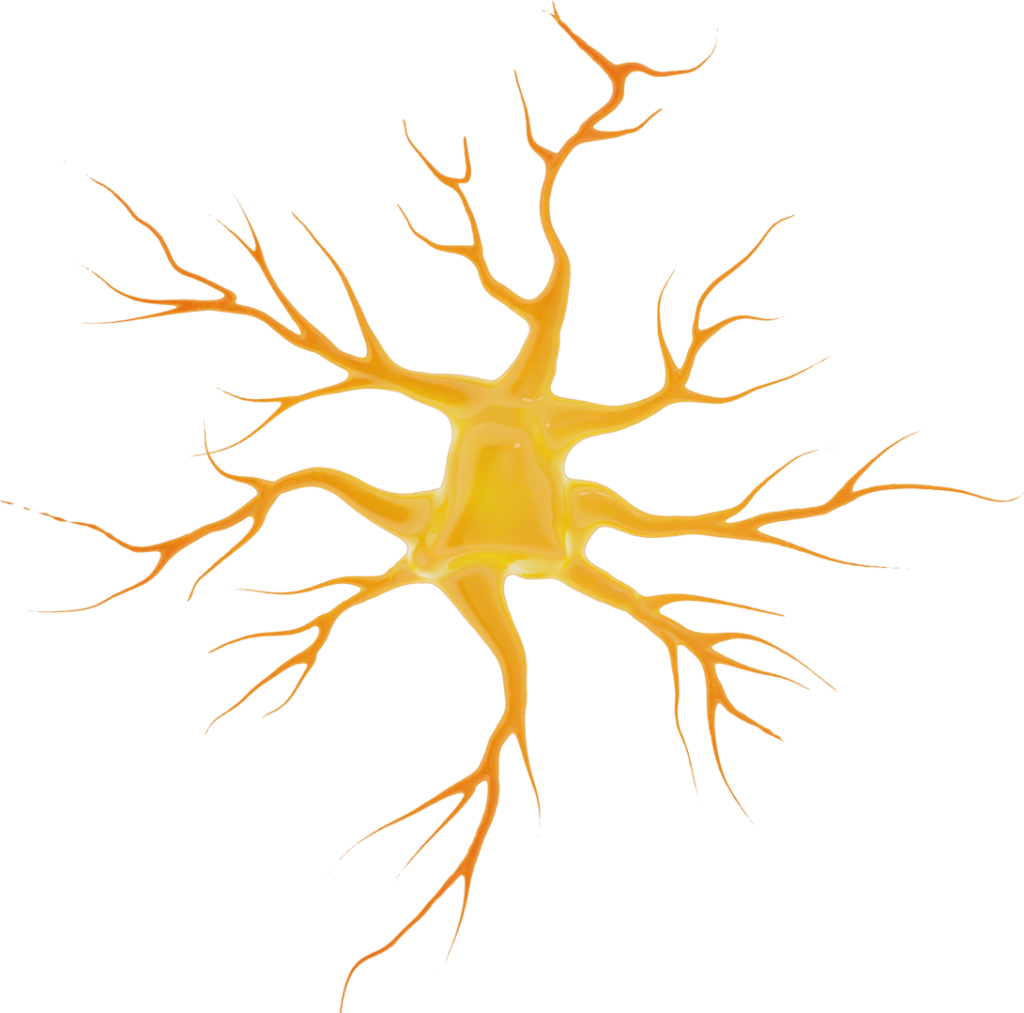
Flow cytometry is principally aimed at analysing cells. There are numerous various applications. Here are some examples:
BIOLOGICAL/MEDICAL ANALYSIS
Immunology
Immunophenotyping is the most often used application in flow cytometry. This method finds and counts cell populations in a heterogeneous sample, which is typically lymph, bone marrow, or blood. Proteins that are unique to a population are marked with a fluorescent tag on the cell surface in order to quantify these cell subsets.
Applications:
– Diagnosis of haematological malignancies like leukaemia and lymphomas
– HIV therapeutics
Potential users: clinical laboratories
Cell biology
Immunophenotyping is the most often used application in flow cytometry. This method finds and counts cell populations in a heterogeneous sample, which is typically lymph, bone marrow, or blood. Proteins that are unique to a population are marked with a fluorescent tag on the cell surface in order to quantify these cell subsets.
Applications:
– Diagnosis of haematological malignancies like leukaemia and lymphomas
– HIV therapeutics
Potential users: clinical laboratories
VETERINARY ANALYSIS
The use of flow cytometry in animal andrology has proven to be helpful to assess various sperm components.
Applications:
– DNA integrity
– Plasma membrane integrity
– Selection of sperm for chromosomal sex
Potential users: All related to veterinary medicine and science
ENVIRONMENTAL ANALYSIS
Industrial society has far-reaching environmental consequences, with pollution from many industries having a negative impact on almost every ecosystem on the planet. Industrial runoff from agricultural and the pharmaceutical industry comprises a variety of substances, including fertilizers, heavy metals and microplastics, that can affect the microbiota in water environments and soil. Bioactive substances can promote the growth of environmentally hazardous microbes and the release of toxins or the destruction of microbes maintaining biogeochemical and nutrient cycles. Accurate microbiome assessment of environmental systems is therefore crucial and requires detecting and quantifying several factors in challenging matrices. Flow cytometry has recently gained ground in this field, proving to be a valuable tool for a variety of environmental applications.
Applications:
– Microbiological characterization of lake, sewage and marine wate
– Microbial population assessment of agricultural soil samples
– Ecotoxicity testing
– Bioremediation monitoring
Potential users:
– Water analysis companies/researchers
– Soil testing companies/researchers
– Bioremediation companies/researchers
INDUSTRIAL ANALYSIS
Acquaculture
The determination of genome size and ploidy is a particularly important analysis in aquaculture, as it helps farmers select specimens with the best characteristics. It also occupies an important role in basic research in evolutionary biology, taxonomy and ecology
Applications:
– Determination of animal ploidy
– Genome size and determination of C-Value
– Aneuploidy analysis
– Hybrid detection
– Counting of microorganisms in water
– Viability of water microorganisms
Potential users: aquaculture companies
Yeast analysis
Bacteria and eukaryotic microorganisms play an important role as human pathogens, in biotechnological reactors for the production of proteins, foods and beverages, and in many other fields. From an evolutionary point of view, microorganisms show a high biodiversity, usually united by their characteristic small size.
The use of microorganisms for food production has been part of man’s cultural evolution for centuries. Although the same microorganisms are still used in large-scale fermentation processes, food and beverage production is a highly engineered industrial process. Large fermenters therefore require constant monitoring to ensure process continuity while avoiding loss of money and time.
The production of beer, wine and whiskey relies on the fermentation of the yeast Saccharomyces cerevisiae to produce alcohol. Quality control of food products is a problem of growing importance. Through flow cytometry can be detected potentially any cellular contamination.
Applications:
– Control of the fermentation process
– Cell phone count
– Viability, cell cycle and stress analysis of yeasts
– Quality control in the food and beverage industry
– Biomonitoring
Potential users:
– Breweries
– Whiskey distilleries
– Yeast producers
– Food and beverage companies
– Bread industry
– Wineries and cellars

Flow cytometry is not exclusively aimed at analysing cells. Indeed, it can be used to analyse different types of particles and, in a single acquisition, get information on size and specific fluorescence signals. Example of application:
QUANTIFICATION AND REMOVAL OF STICKIES FOR PAPER AND PULP PRODUCTION
Stickies are composed of several elements and are regarded as one of the primary contaminants in the paper industry. Stickies not only make the product aesthetically unpleasant, but they also cause different operating problems in factories, lowering production standards and paper quality. Quantifying stickies and manage their removal are therefore essential steps to optimize the production process and save expensive downtime. Flow cytometry can be used to identify these particles. The analysis of reference beads with known dimensions allows the FSC (Forward Scatter) intensity to be correlated with the particle size distribution.
Applications:
– Stickies detection and monitoring
Potential users:
– Paper producers and related industries, additives and production optimization services, manufacturers of sticky removal agents



